Content Vs Audience: Who is the King today?
Authored by Rahul Bhatnagar
With a vast range of diverse content available easily, economically and readily, audiences today have become too selective in their consumption preferences. It was less than a decade ago when film/ad makers ruled the entertainment/creative space. However, today, it is the audience that has taken over as it is independently deciding the success or failure of a project. Thus implying that a content maker’s approach now depends more on the trends set by the audiences, than by themselves.
While the industry copes with the sudden transformation, let’s look at some of the change drivers that triggered the tiff between content and audience.
Internet accessibility changing the consumption dynamics
Earlier, television was the prime source of entertainment for our audiences. However, the consumption choices of our audiences have transformed with the wider acceptance of internet technology. With more than 59% of content consumers consuming digital content than television, it is evident that the content palette has diversified like never before. Among these users, it’s the people from Tier-II & Tier-III cities making a larger part of the group.
The prime reason for internet acceptance even in the most backward towns of India is availability of content in regional languages. As over 90% new internet users consume content in their mother tongue, content makers are encouraged to narrate stories of all kinds, be it in a big metropolitan city or a small village of India.
COVID-19: The beginning of the ‘demanding’ audience
The pandemic marked the beginning of a drastic change in audience behaviour, which is the ability to decide what would work. Contrary to the belief that audiences shall visit theatres to have a good time after the pandemic, audiences now visit theatres solely if the script is good. Moreover, OTT worked as a saving grace for the Indian entertainment universe, by bringing shows and films backed with high quality stories and actors. This also marked the beginning of longer-format content, focussing on the ‘extensibility quotient’ of storytelling while parallelly amplifying inclusivity through ‘vernacular’ content pieces.
During the early 2000’s, the audiences seemed to have a tough time deciding what they liked. It was indeed a phase of selling ‘popular faces’ over ‘quality stories’ as the audience was relatively more submissive to content maker’s decisions. However, after consuming content for so long, audiences have become intelligent about their consumption choices. Perhaps, the pandemic worked as an alarm clock for the audiences to shift from becoming a passive entity to an active one.
Developing a palate for quality storytelling
With the recent failures of big films at the box office, it is certain that audiences by all means are demanding for ‘quality storytelling’. Unlike before, audiences do have knowledge about the basic aspects of filmmaking and storytelling. With the advent of the internet, audiences can consume content from other geographical areas too, thereby making them intellectual enough to decide what would look good and otherwise. Today, the audiences are not more interested in listening to stories of a big city, but of an ordinary story taking place in a small family of a Tier 2 and Tier 3 city. The idea is to showcase issues prevalent in the cities of ‘Bharat’.
Having said that, It is important for content makers to acknowledge the needs of its audience as a content consumer and create quality stories keeping in mind the likes and dislikes of its audience. While a creator's responsibility is about following one’s vision, it is equally important to not sideline the necessities of the audience members they are catering to. The transformation talked about in audiences behaviour proves that our audience now prefers content over who is the face of the film. Moreover, lack of original scripts and expensive tickets seemed to be a discouraging factor as well.
Long Vs Short Format: What is preferred
The audience has parallely consumed both, shorter and longer content. As the time progressed, internet accessibility increased content availability, thereby making consumption of the same frequent. This frequency in consumption indeed reduced the attention span of the audiences. Therefore, the idea that shorter content is more convenient and easy to consume seemed correct with the surge in content available.
As more than 50 million people are already indulging in short content consumption, content makers are subjected to a tough competition to grab audience attention. Considering the same, short format content has increased more than ever. While short format storytelling would be the most engaged format in the coming time, longer format storytellers would be required to invest more effort to ensure quality stories. Today, audiences won't save a creation driven by poor content quality. Hence, monitoring the trends and interests set by the audience has become a prerequisite.




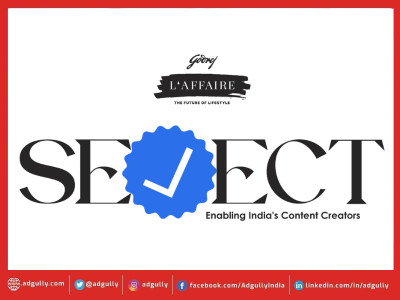
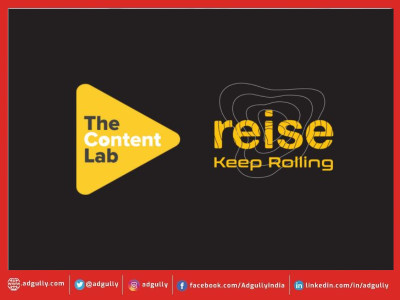
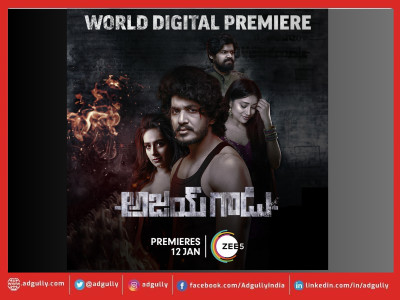
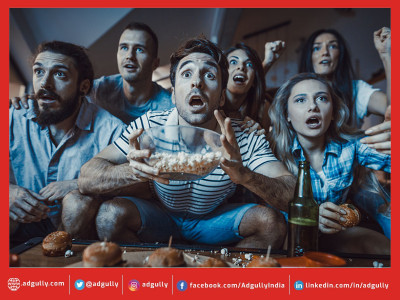
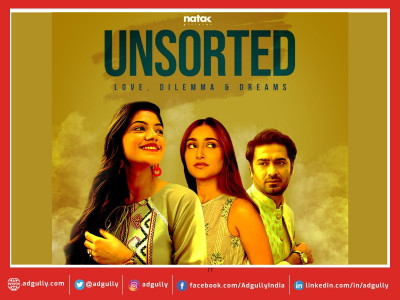
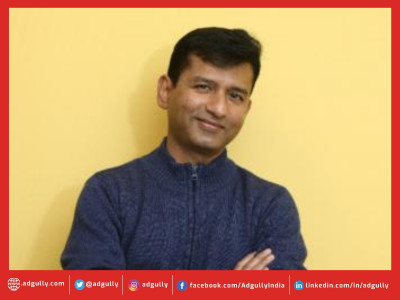

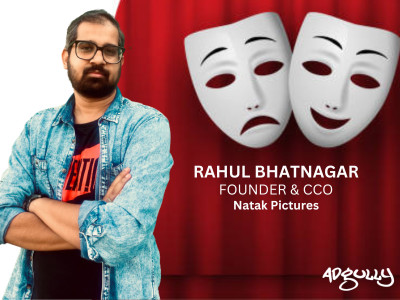
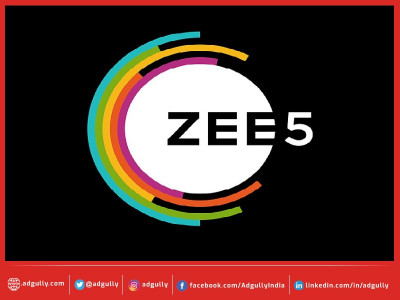
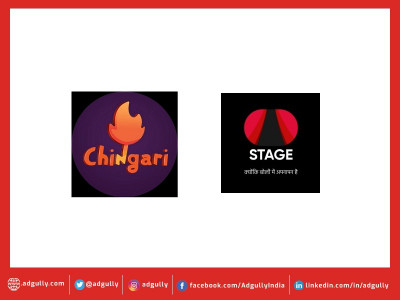
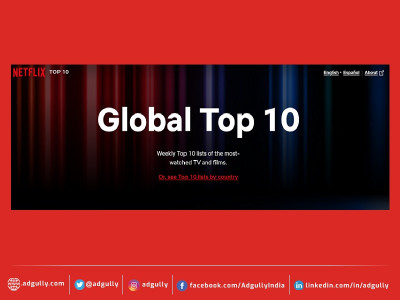
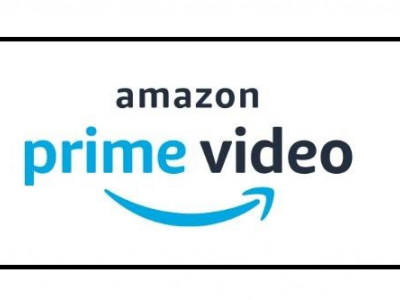


Share
Facebook
YouTube
Tweet
Twitter
LinkedIn